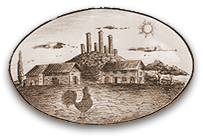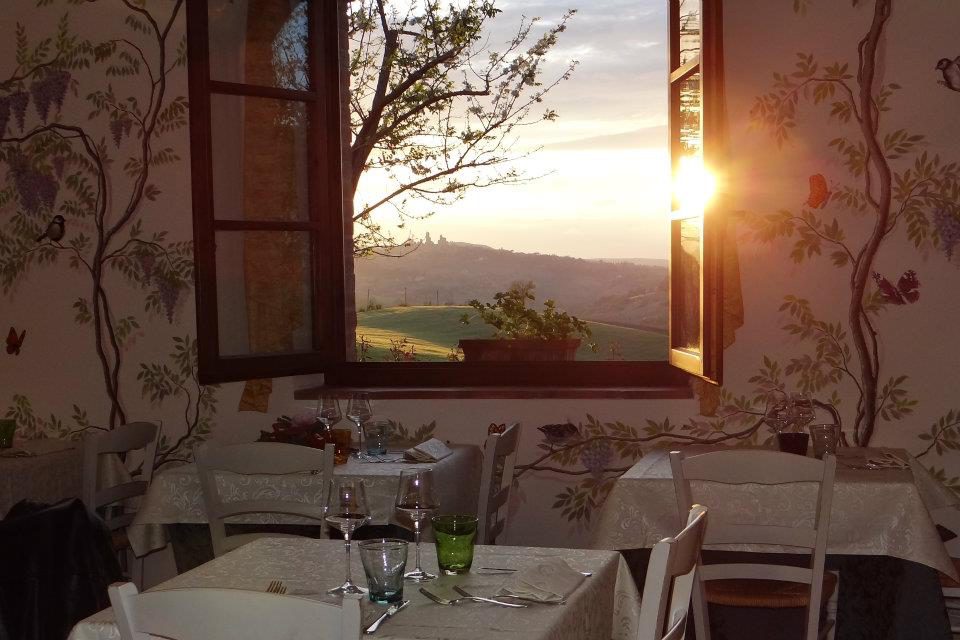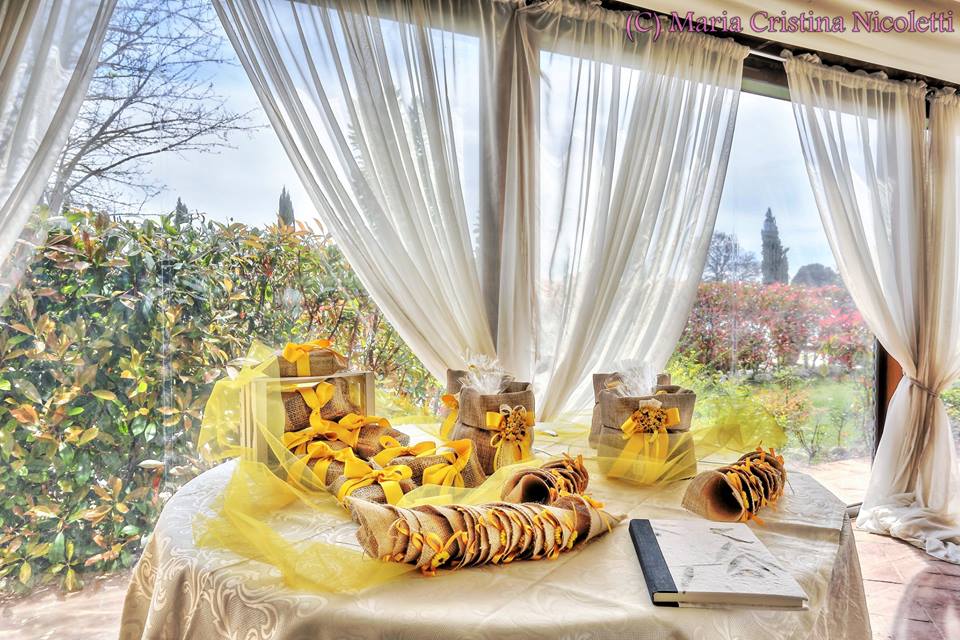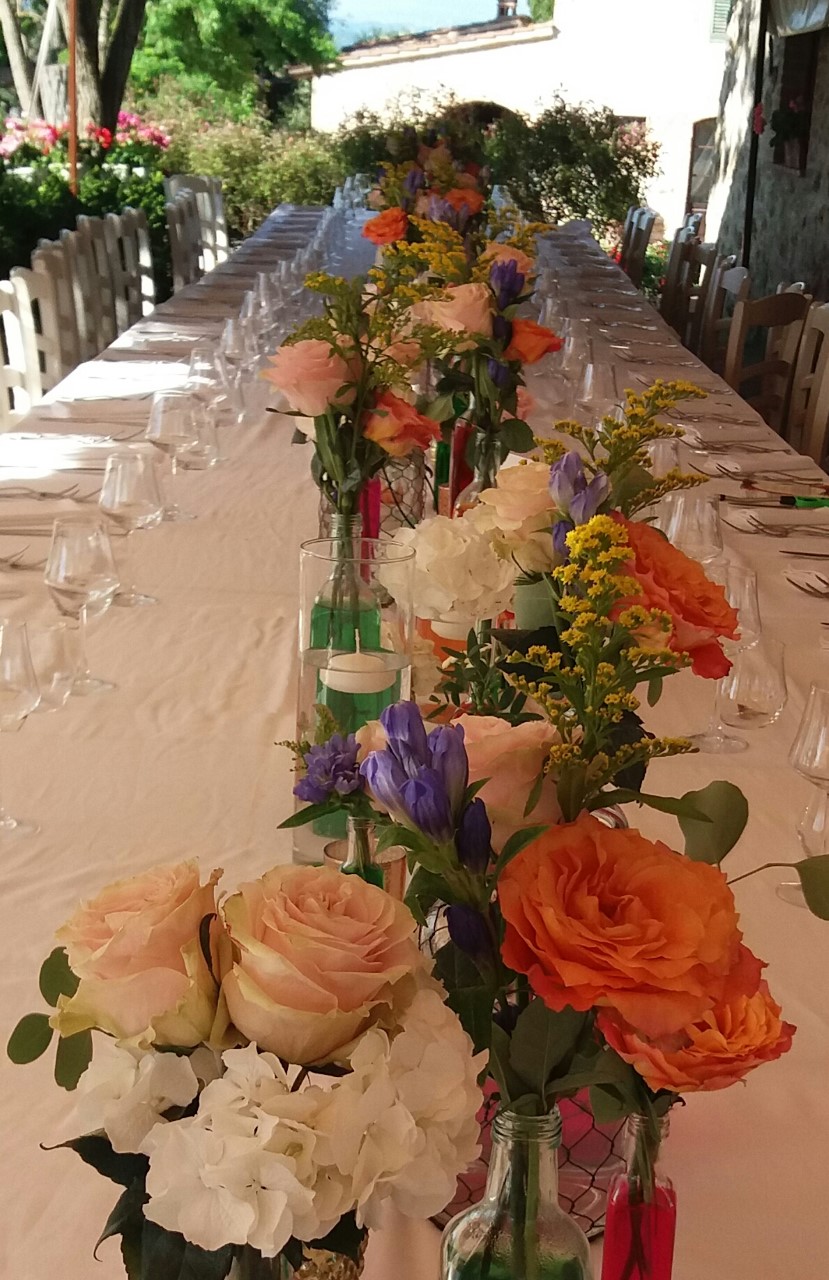Colle di Val d'Elsa
Arnolfo di Cambio'S hOMETOWN
Colle Val d’Elsa is a beautiful and ancient town near San Gimignano, Volterra and Siena, whose original settlement is perched on a hill.

Colle di Val d'Elsa in brief
In ancient times the city was divided into three parts: the Borgo di Santa Caterina, the Castle of Piticciano and the Piano today simplified into “Colle Alta” and “Colle Bassa”.
The city of Colle Val d’Elsa was long disputed between the Florentines and the Sienese, but managed with stubbornness to maintain its status as a “free municipality”.
Colle di Val d’Elsa was born and developed by sharing the destiny of other towns in the Alta Valdelsa such as San Gimignano, Poggibonsi and Casole d’Elsa, in the shadow of ecclesiastical and civil lordships and was therefore a continuous theater of struggle between Guelphs and Ghibellines. .
The Via Francigena passed through the Alta Valdelsa, guaranteeing a considerable traffic of men and goods and therefore wealth and well-being for its inhabitants.
Economic stability, however, only came in the sixteenth century with the iron and glass industry.
Today Colle Val d’Elsa is one of the most important centers of the Val d’Elsa, with the architectural beauties of Colle Alta and the crystal industry.

Must see in Colle di Val d'Elsa

Palazzo Campana
Palazzo Campana is one of the most evocative corners of Colle Val d’Elsa. Overlooking the homonymous bridge, which was built to replace the old drawbridge.
The arch of Palazzo Campana leads into Via del Castello, the main street of the historic center of Colle Val d’Elsa, flanked by numerous patrician buildings that represented the civil power of Colligiano

Other things to see
The Palazzo del Capitano from the 16th century (later Palazzo Luci), the Palazzo Buonaccorsi (15th century), the Palazzo Giusti (15th-16th century), and the house-tower where the famous architect Arnolfo di Cambio was born (13th century) , one of the few towers of Colle Val d’Elsa that still remain of the many that adorned the city ..
Other places of interest in Colle Val d’Elsa:
Palazzo del Podestà, the Praetorian Palace of Colle Val d’Elsa (14th century) which today houses the Archaeological Museum of Colle Val d’Elsa and the “Ranuccio Bianchi Bandinelli” Etruscan Antiquarium.
The Palazzo del Comune, or dei Priori, has a structure dating back to the thirteenth, fourteenth century and a facade with frescoed decorative elements. After various restorations, the building houses the Civic Museum of Sacred Art, which is accessed from a side staircase.
According to tradition, the Teatro dei Varii has very ancient origins: it was the refuge of Saints Faustino and Giovita, persecuted in the second century AD, a hospital along the Via Francigena and finally, towards the middle of the eighteenth century, it was adapted as a theater by the Accademia dei Variii. Currently the theater is used for experimental and avant-garde theatrical performances, for concerts during the musical season and for art exhibitions.
Colle Val d’Elsa offers its citizens a very interesting theater season and many cultural and artistic events every year.

Badia A Coneo
A few kilometers from the center of Colle Val d’Elsa, along the Via Francigena, stands the ancient Badia a Coneo, with the beautiful church of S. Maria, with its pure and severe Romanesque forms. already starting between 1073 and 1076, and already in the thirteenth century its decline began.
The church, consecrated in 1123, has preserved the Romanesque characters. The plan resumes the layout of the mother house of Vallombrosa: a single nave ending with a transept and dome on pendentives with an octagonal lantern outside.
In the presbytery there are three apses of which only the central one shows the curves on the outside. The partition of the façade into arcades and the decoration of the external crowning of the lantern and the main apse are of Volterra ancestry.
The interior space is divided by a transverse arch resting on hanging semi-columns with capitals decorated with abstract models and human heads.
In Conèo, part of the municipality of Colle di Val d’Elsa, it is possible to visit the Parish Church of Saints Ippolito and Cassiano. The monument is thought to have been built around the 12th century.
In the fifteenth century the church was abandoned and for the following centuries it was not minimally treated. The first restoration took place in 1741, but the entire complex was reinforced only in 1982. The monument is located in an isolated area. Originally it had three naves and three apses while today not all parts are entirely preserved.










